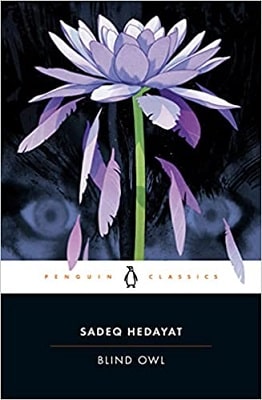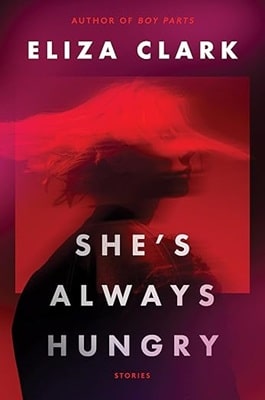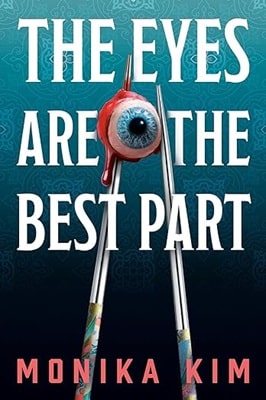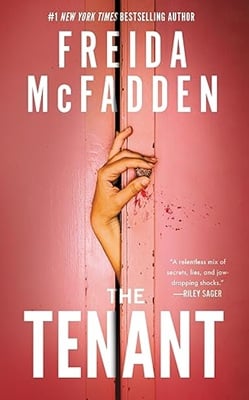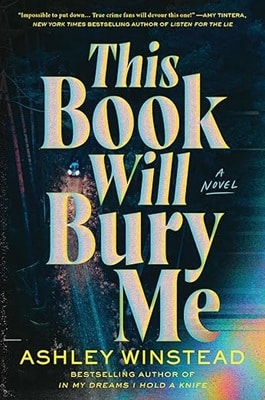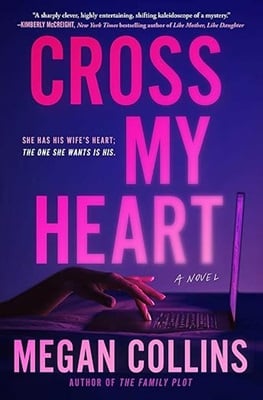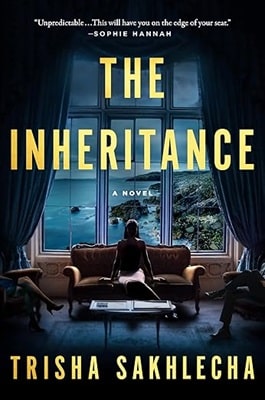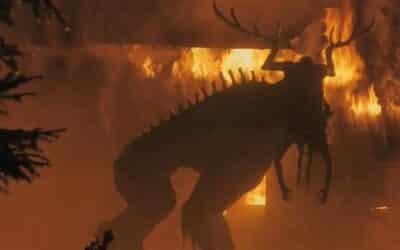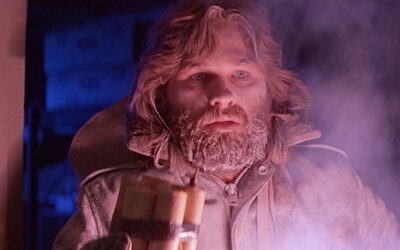Book Review
Blind Owl
reviewed by Erin Clemence
The Blind Owl, by Sadeq Hedayat, is a classic, with beautiful language and deep meaning reminiscent of John Steinbeck’s The Pearl. Hedayat committed suicide in 1951, and as one of the main tenets in “Owl” is the narrator’s obsession with death and the harshness of reality.
Iran published a censored version of the novel, and eventually banned in completely in 2005 (this was not the only reason it was banned, but it was one of the main ones). It has been re-introduced and, in this case, translated to English by Sassan Tabatabai.
The Blind Owl is a two-part story, narrated by a nameless protagonist, recalling his story through drug-fueled hallucinations. In the first part, the narrator is a recluse who paints the same image over and over again on paint-case covers. When he witnesses the exact scene from his paintings playing out in real life, he becomes obsessed with the characters. The woman from his painting seeks him out, and when she dies he cuts her body up into pieces and buries her in the graveyard. The second part is told as one long soliloquy, written in quotation marks as from the narrator himself. In this part, the narrator lives with his old wet nurse and unfaithful wife, and is faced with a debilitating and critical illness. His obsession with his wife’s infidelity leads him to pretend he is his wife’s lover and kill her.
The translation by Tabatabai is replete with run-un, endless sentences and repetitious script, however the move was an intentional one, meant to completely put forth Hedayat’s original meanings. Even with the novel set up this way, it is a thought-provoking read, and has a lot of symbolism packed in such a short novel. It seems everything with this novel is purposeful, including the use of the owl in the title itself, as an owl is seen as a symbol of ruin or decay in Iranian culture.
The Blind Owl is a dark take on the human psyche, plagued by illness and hallucination. The protagonist is struggling to tell the difference between what is reality and what is fantasy, influenced by his opium overuse. The story itself has beautiful language, and is both heartbreaking and powerful. “Owl” does not have chapters, or specific breaks per se, and again, this is done intentionally to connect the reader with the narrator.
This uncensored, translated version of one of the most prolific and controversial novels of the last century is a life-changing experience, and should be read more than once for the full effect.
More Psychological Thrillers and Horror
advertisement
Psychological Horror Features
Underrated Horror
The Underrated Horrors Lurking in Cinema’s Shadows
Tropes of Psychological Horror
When Your Mind Plays Tricks on You
Unnerving Psychological Horror
A Journey into the Dark Corners of the Mind

